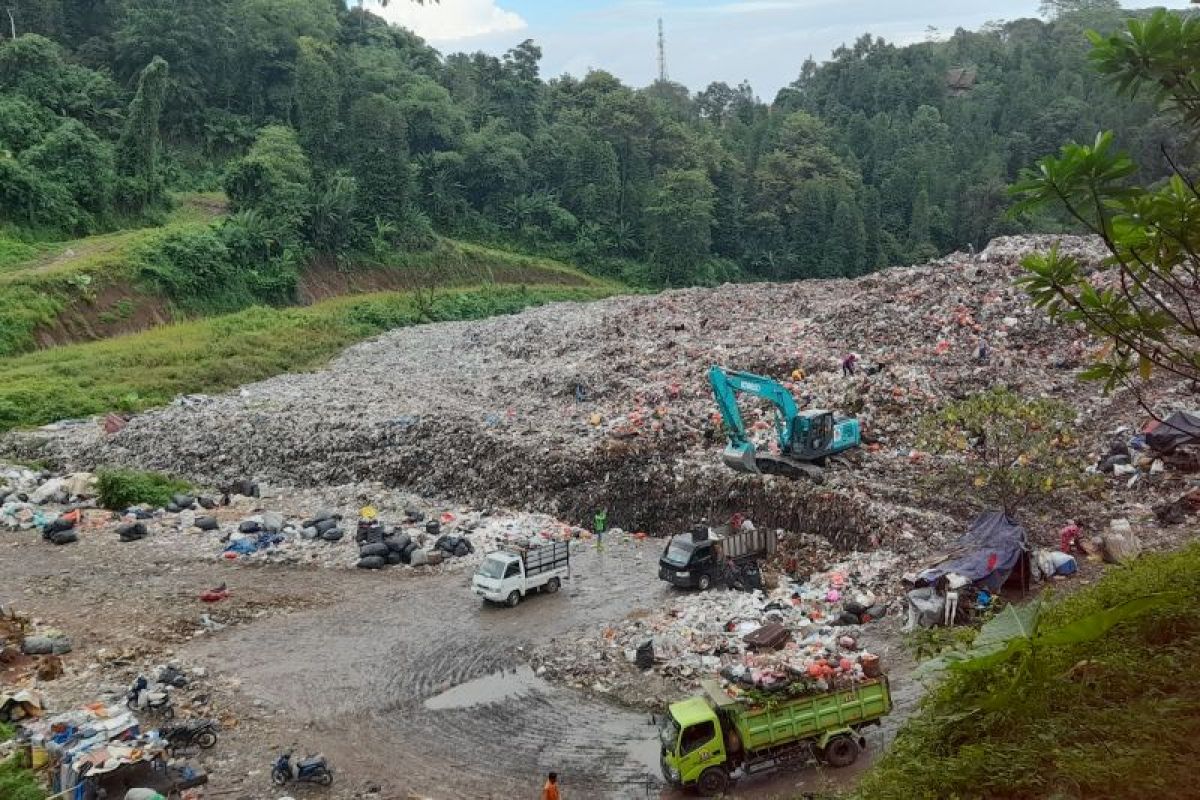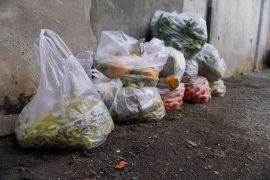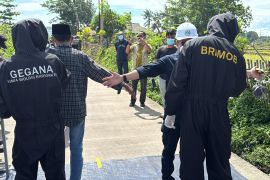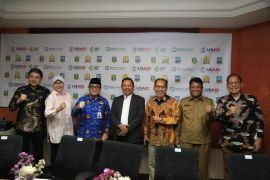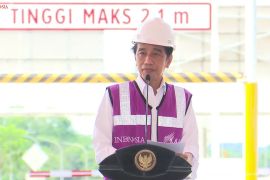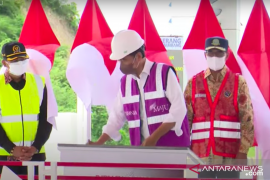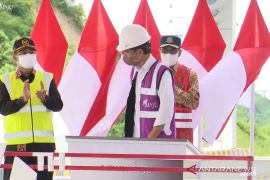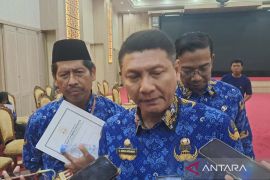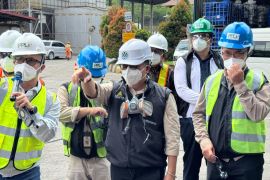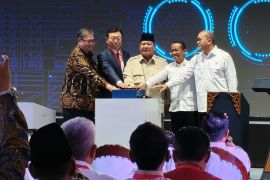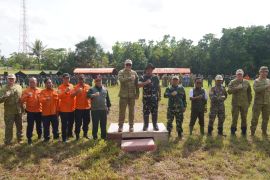Serang Mayor Budi Rustandi said in Serang on Thursday that the project aligns with central government directives encouraging the adoption of waste-to-energy schemes in local regions.
He emphasized that such support presents an important momentum for Serang to begin transforming its waste management system. “The support from the central government is significant, and this is an opportunity we must take advantage of,” he said.
Budi noted that the PLTSa project is seen as a progressive step to address the long-standing challenge of waste accumulation in Serang while also providing renewable energy for the community.
However, he admitted that a key issue lies in the limited supply of waste that does not yet meet the minimum capacity required by PLTSa technology. “The operational requirement is at least 1,000 tons per day, while waste from within the city only reaches about 570 tons,” he explained.
To address this gap, the Serang City Government plans to establish cooperation with neighboring local governments to secure additional waste supply.
“We will collaborate with surrounding regions to make up for the shortfall so that the plan to convert waste into electricity can be realized,” Budi said.
Head of the Serang City Environmental Agency Farach Richi confirmed the challenge, stressing that the current volume of domestic waste cannot sustain the PLTSa project if it relies solely on sources within the city.
“A supply of 1,000 tons per day is the technical prerequisite for a waste-to-energy facility to operate efficiently, sustainably, and achieve economic scale. A lower and unstable supply risks undermining optimal operations,” he explained.
Related news: Indonesia govt to regulate price of waste-to-electricity
Related news: Danantara to invest up to Rp3 trln per waste-to-energy site
Related news: Jepara, China investor to turn waste into renewable energy by 2026
Translator: Desi Purnama Sari, Primayanti
Editor: M Razi Rahman
Copyright © ANTARA 2025
